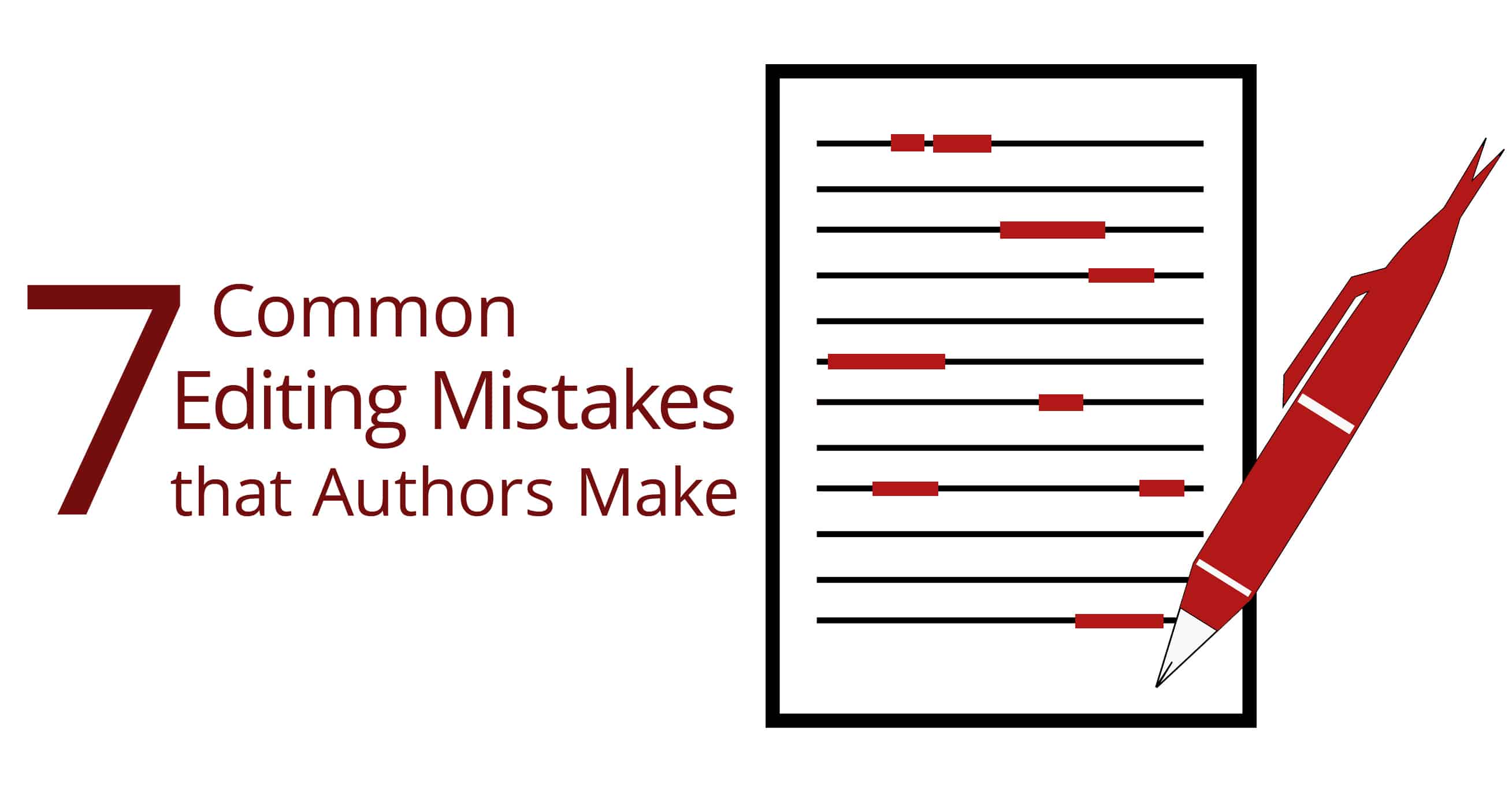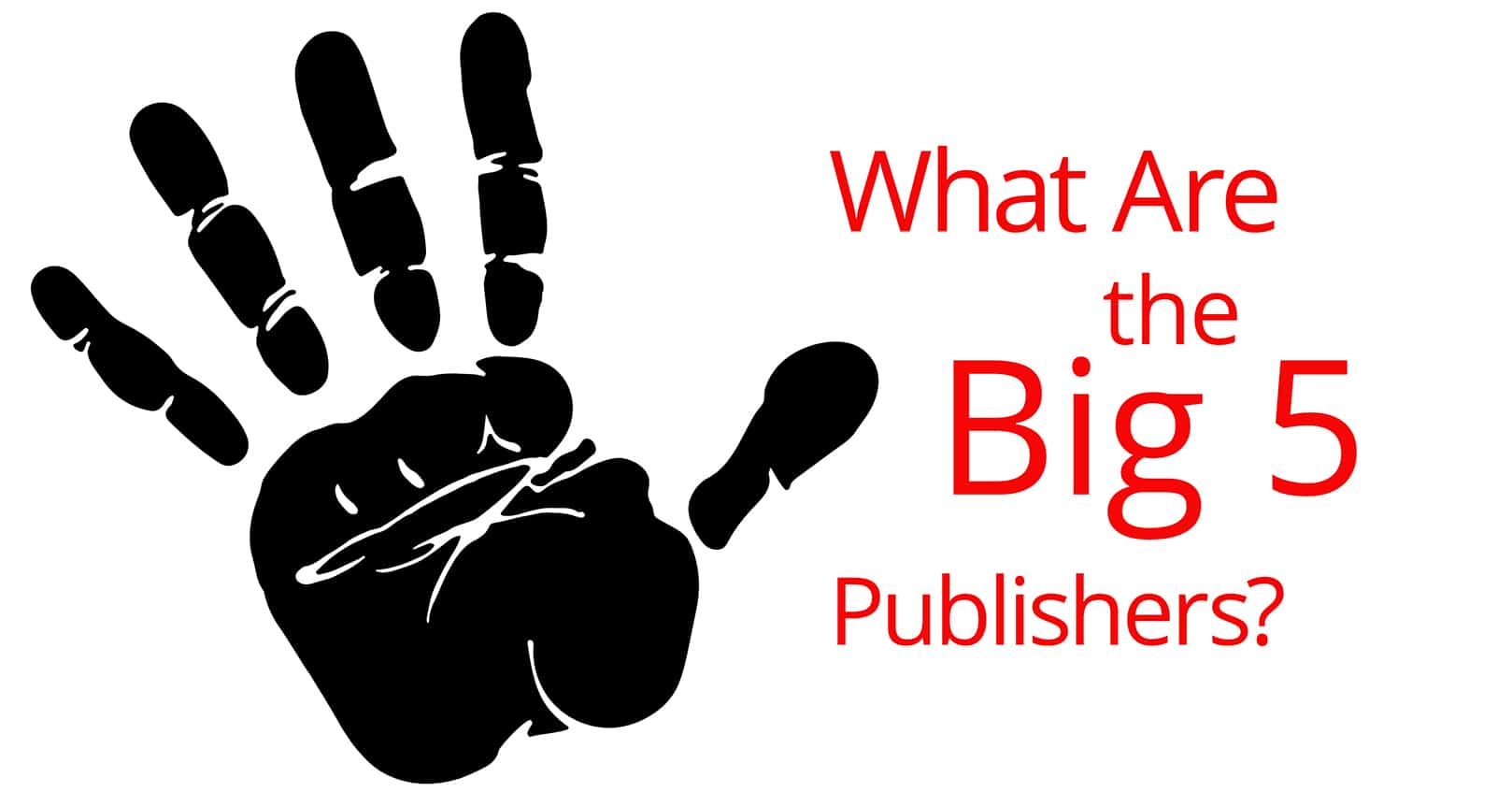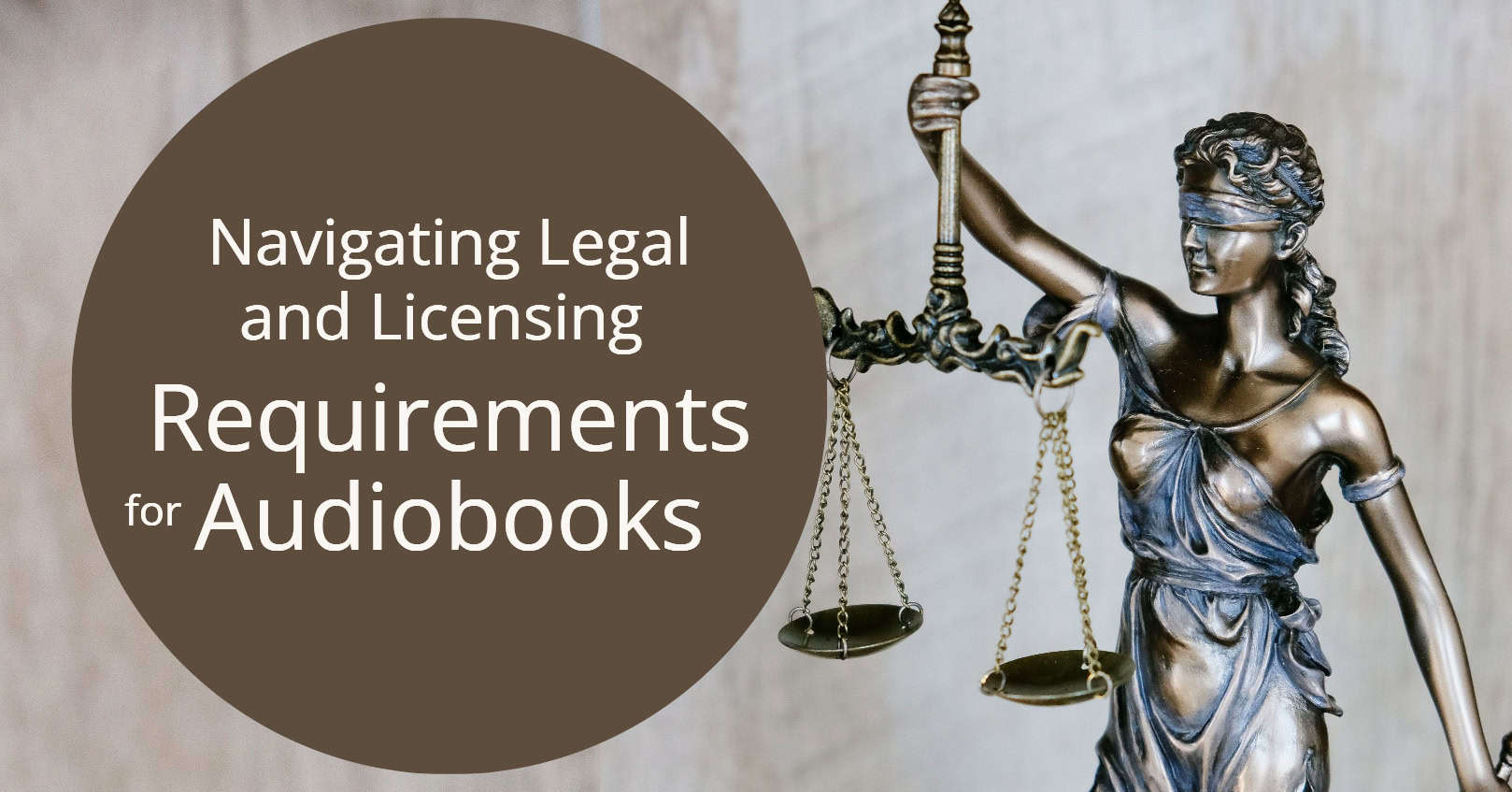
Here’s a list of common editing mistakes that authors make, so you can watch out for them when you self-edit your books.
1. Confusing British and American Spelling
Make sure to stay consistent in whether you’re writing British or American spelling. Here are a few common examples. “Toward” is the American spelling; “towards” is the British spelling. And if you use British spelling, most guides recommend that you use single quotes for dialogue, while you always use double quotes for American dialogue. The only exception for single quotes in American writing is inside double quotes. You should never use single quotes for emphasis in American writing. Other commonly confused spellings are gray (American) and grey (British), cozy (American) and cosy (British), maneuver (American) and manoeuvre (British), smolder (American) and smoulder (British), center (American) and centre (British), and defense (American) and defence (British). There are many more, so it pays to double check if you have any question.
Read more about single and double quote usage here.
2. Incorrectly Formatting Possessives
We all know that to create a possessive, you generally add an apostrophe and an S. When the word is plural and ends in S, you just add an apostrophe. But what many authors don’t realize is that if a word is NOT plural and yet ends in S, you still add both the apostrophe and the S (except, as explained by The Chicago Manual of Style, when writing “Jesus” or other well-known figures).
Let’s say my friend’s name is Cass.
Correct: That is Cass’s purse.
Incorrect: That is Cass’ purse.
You can read more about creating possessives in our blog post here.
3. Using Dangling Modifiers
We see this editing mistake that authors make quite a lot. A dangling modifier happens when you put a descriptive phrase next to a word that it doesn’t describe. This usage is incorrect because modifiers should be next to the word they describe, and doing otherwise causes people to misread the sentence.
Incorrect: Running as fast as she could, the cape flapped in the wind behind her.
The cape is not running, so “running as fast as she could” is a dangling modifier.
Correct: She ran as fast as she could, the cape flapping in the wind behind her.
4. Confusing Hyphens, En Dashes, and Em Dashes
Switching these around or using them interchangeably is probably one of the most common editing mistakes that authors make. Hyphens are used to create compound words and phrases, while en dashes are used for inclusive numbers/words and compound adjectives. En dashes with spacing before and after are also used in British writing to connect clauses, but in American writing, the longer em dashes are used without spacing to connect clauses.
You can read more about en dashes and em dashes in our blog posts.
5. Forgetting Hyphens for Age
On the same note, many authors forget to include hyphens when writing a character’s age.
Correct: The three-year-old wouldn’t stop crying.
Incorrect: The three year old wouldn’t stop crying.
But keep in mind that the hyphens are only used if you’re using the age as a noun phrase (as in above), or as an adjective (“the three-year-old girl”). If you use age in other situations, you do not include the hyphens.
Correct: She is three years old.
Incorrect: She is three-years-old.
6. Not Using the Serial Comma
The Chicago Manual of Style requires using the serial comma. More than that, the serial comma helps prevent confusion, and you don’t want your reader confused. Always use a serial comma.
Correct: I opened my eyes to see my best friend, a clown, and a detective.
Incorrect: (unless your friend is the only one there and is both a clown and a detective): I opened my eyes to see my best friend, a clown and a detective.
You can read more about proper comma usage in our blog post here.
7. Breaking Tense
Authors sometimes slip into the wrong tense in their writing. Often this happens when writing in present tense, where it is easy to slip into past tense. We also see it when authors are writing in past tense, though, especially when they’re mentioning a future event.
Correct: She hated that. If he did it again, she would scream.
Incorrect: She hated that. If he did it again, she will scream.
Have you seen other common editing mistakes that authors make? Let us know in the comments below!















The fourth mistake is very familiar to me. At one time I confused hyphens, en dashes, and em dashes. But when I submitted my paper to Studybay for proofreading, its writing expert explained to me very well the difference in their usage. And since then I have not confused them.
Hello, Ms. Shattuck, your tips always help me a lot. I am just a beginner in the field of writing and editing, and your tips made me advance in leaps and bounds. For that, I won’t be able to thank you enough. If you happen to have recommendations of books or something for a beginner like me, please do tell. Last but not least, I look forward to the next amazing posts and tips.
I always recommend The Chicago Manual of Style as a great reference book for punctuation and grammar. I also recommend Style: Lessons in Clarity and Grace by Joseph M. Williams and Joseph Bizup for tips and exercises on writing well: https://www.amazon.com/Style-Lessons-Clarity-Grace-11th/dp/0321898680
Excellent post. Thank you. Have shared of on my Facebook author page.
Shared IT! Predictive text!!